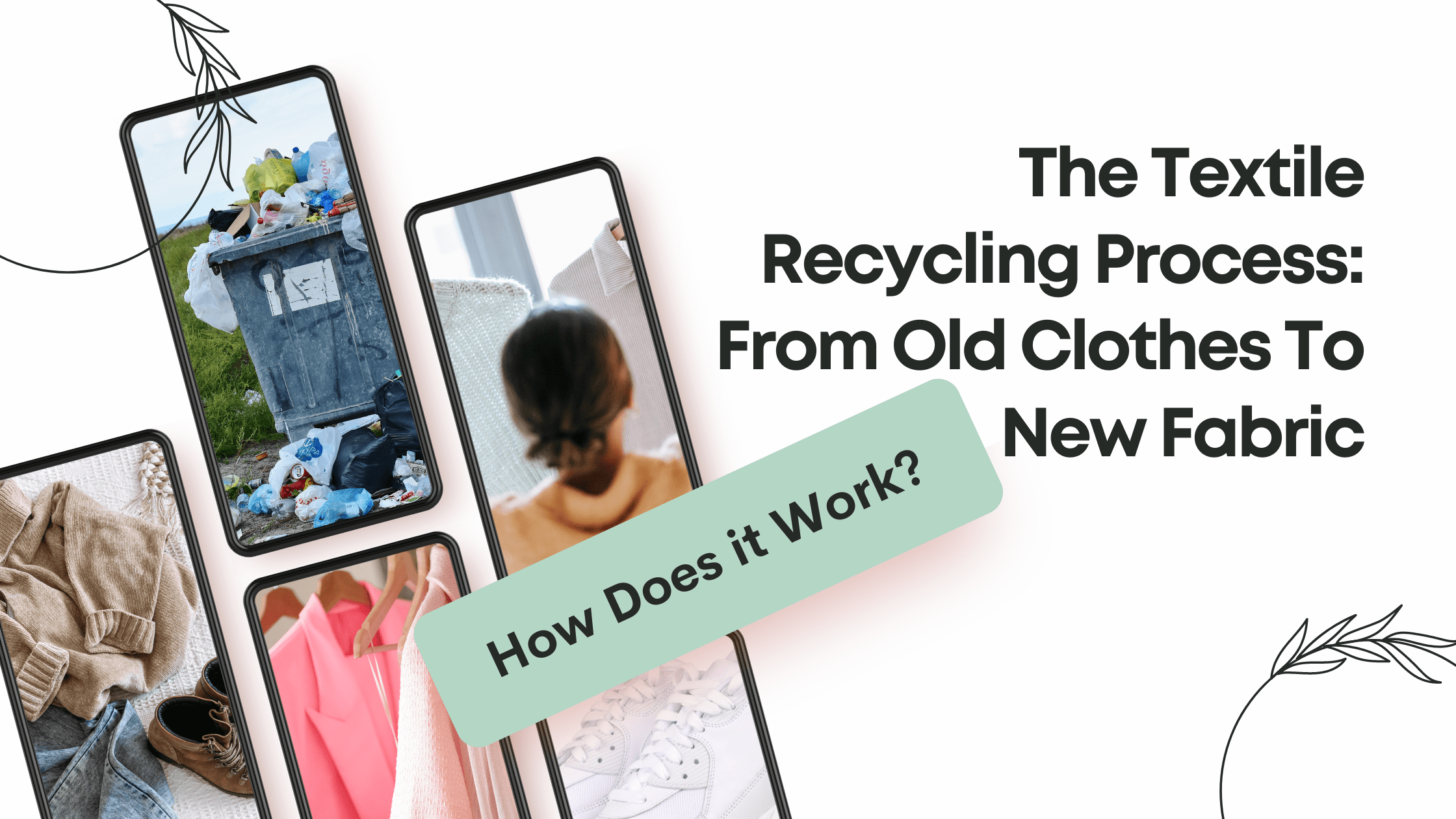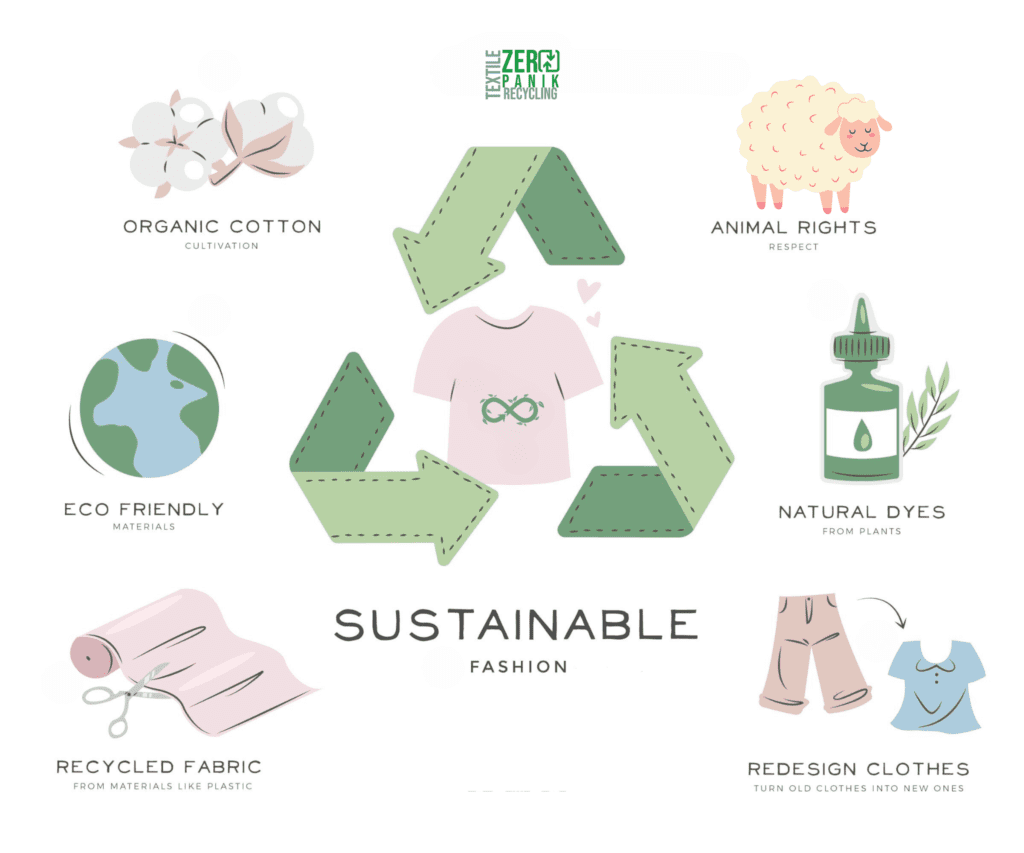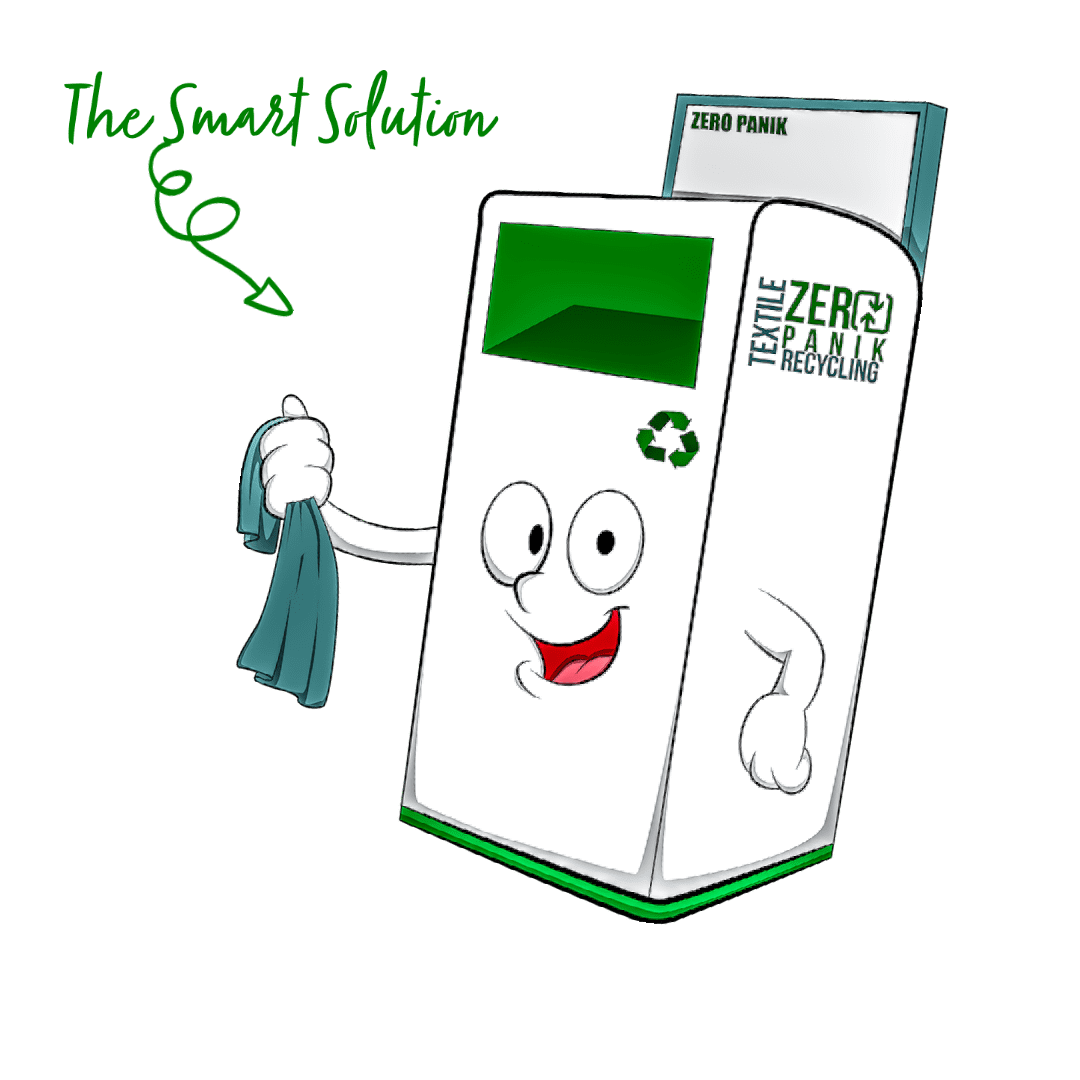
Introduction
The textile recycling process begins with sorting clothes by fiber type and color. The most common fibers used in textile recycling are cotton, wool, and nylon, this is because these fibers are easiest to break down and blend with new fibers.
The next step in the textile recycling process is known as chemical processing. In this step, the clothing is shredded and treated with chemicals to remove any impurities. This leaves the recycled fibers ready to be made into new fabric.
The final step in the textile recycling process is spinning the recycled fibers into new yarn. This yarn can be used to make a variety of new fabrics, including t-shirts, towels, and upholstery.
Textile recycling is an innovative way to reduce waste and conserve resources. To learn more about the textile recycling process, read on!
You probably didn’t know that your old clothing could be recycled into new fabric!
Textile recycling is a process that collects and reuses old clothes and turns them into something new. It’s a great way to reduce waste, conserve resources, and keep your wardrobe full of updated styles. This process usually involves sorting, shredding, chemical processing, and spinning. This process turns unusable materials into usable products that can be sold. The recycling process is important because it helps to reduce the amount of waste that is produced each year.
Recycling transforms unusable materials into a finished fabric that can be utilized to make fashionable clothing. This innovative process offers immense benefits, both from an economic and environmental standpoint. The cycle is completed by producing a quality fabric suitable for all types of apparel designs.

Organic textiles: There has been a surge in demand for organic textiles, such as cotton, hemp, and bamboo, due to their sustainable production methods and lack of harmful chemicals. Organic cotton, in particular, is becoming increasingly popular as consumers become more conscious of the environmental impact of conventional cotton farming, which involves the heavy use of pesticides and water.
The textile recycling process begins with sorting.
In this step, clothing is sorted by fiber type and color. The most common fibers used in textile recycling are cotton, wool, and nylon. You may even find some sustainable fabrics like hemp or bamboo being recycled into new clothing. Once the clothes are sorted, they are shredded into smaller pieces to make processing them into new fabrics easier.
Can I recycle blended fabrics?
The answer to this question depends on the type of fabric you are trying to recycle. If the fabric is made from natural fibers (like cotton or wool), it can be recycled. However, if the fabric is made from synthetic fibers (like polyester or nylon), it cannot be recycled.
Blended fabrics are made from a mixture of natural and synthetic fibers. Therefore, they cannot be easily recycled.
However, new and innovative processes are being developed to break down blended fibers. These processes hold the promise of making textile recycling easier and more efficient. So far, these processes are successful in lab tests. If these processes can be scaled up, they could have a big impact on the textile recycling industry.
If you are looking to recycle blended fabrics, you will need to find a recycling facility that accepts them. Yes, Zero Panik can take blended fibers.
Once the clothes are sorted, they are shredded into fibers.
The fibers are then put through a series of chemical processes to remove any impurities. This purifies the fibers and makes them ready for spinning into new yarn. The yarn is then used in the process of making new fabric, which can be used for a variety of clothing items. The new fabrics created through the recycling process can be used to make a variety of items, including jackets, shirts, skirts, and even sneakers. Not only does the process of textile recycling conserve resources and reduce waste, but it also creates more sustainable clothing options for everyone.
So, the next time you’re getting rid of your old clothes, think about how they could be recycled into something new.
Not only will you be helping to reduce waste, but you’ll also be supporting the fashion industry’s shift towards more sustainable options. It’s a win-win situation! With the right methods and techniques, textile recycling can produce beautiful new fabrics and stylish new clothing items.
